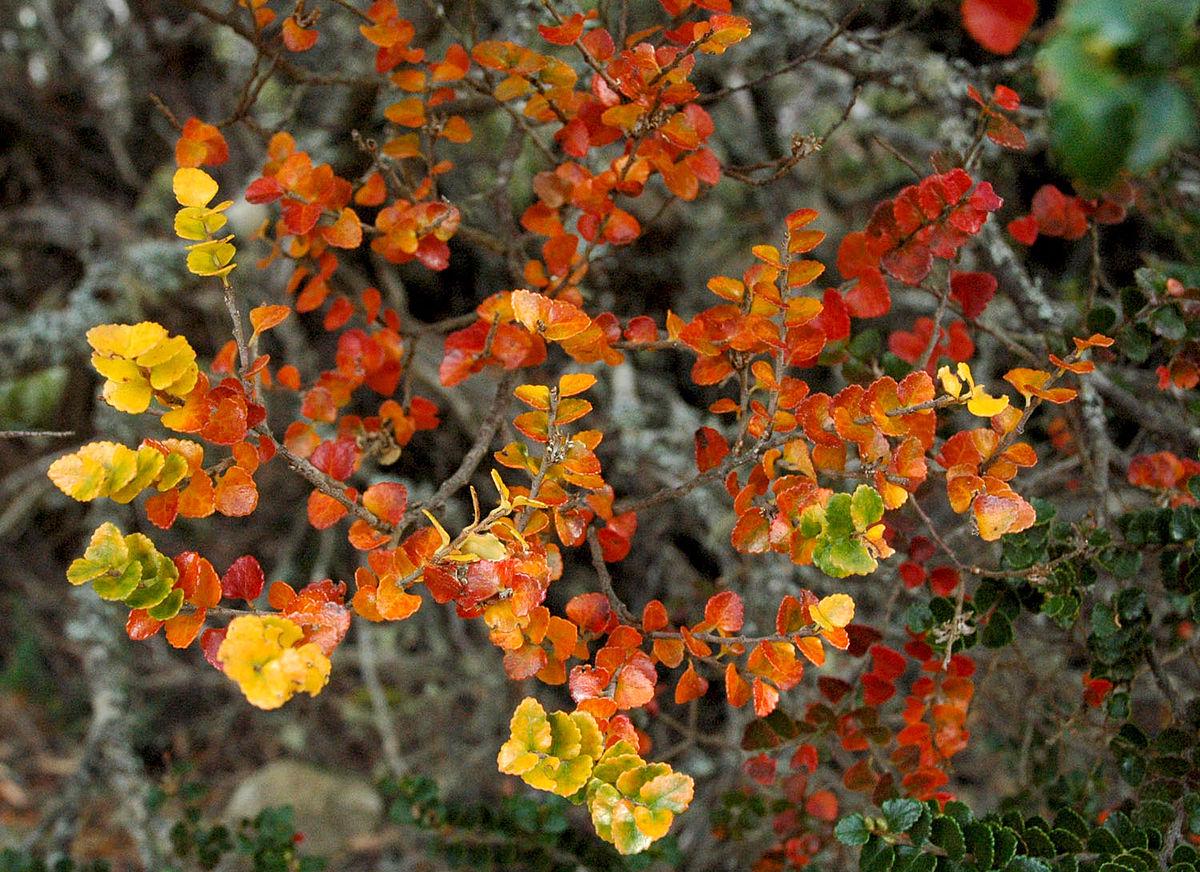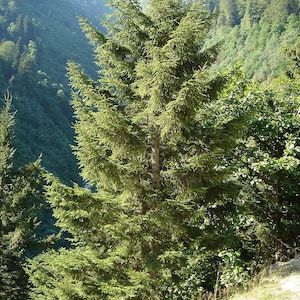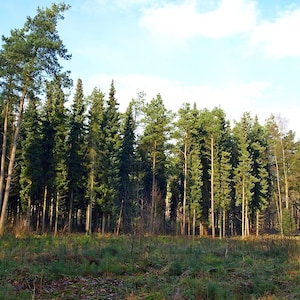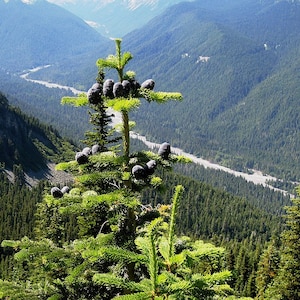



Seeds
Nothofagus Cunninghamii Seeds, Tasmanian Beech
$4.25 $7.07
-
Details**Nothofagus cunninghamii**, also known as **Tasmanian Beech**, is a tree species native to Tasmania, valued for its timber and rapid growth in suitable climatic conditions. Sowing this species can be a little trickier than some other species, but with the right steps, it can be very successful. Here are the steps for optimal sowing of **Nothofagus cunninghamii**:
### 1. **Seed Preparation**
- **Nothofagus cunninghamii** seeds are small and delicate. They require some preparation before sowing to promote germination.
- **Cold Stratification**: Nothofagus cunninghamii seeds require a period of cold stratification to break their dormancy and promote germination. You can mix the seeds with a little moist sand and store them in the refrigerator at about 4°C for **4 to 6 weeks**. This simulates winter conditions and helps the seeds prepare to germinate in spring.
### 2. **Soil preparation**
- **Nothofagus cunninghamii** prefers well-drained soil, rich in organic matter, slightly acidic to neutral (pH 5.5 to 6.5).
- Use a mix of **light potting soil**, **sand**, and **perlite** or **vermiculite** to promote good aeration and prevent stagnant moisture. The soil should not be too compact.
- You can sow in pots or seed trays. Make sure the containers have drainage holes to avoid excess water.
### 3. **Sowing the seeds**
- Sow the seeds on the surface, without covering them with soil, because they need light to germinate.
- If sowing in pots or trays, spread the seeds evenly. You can sow several seeds in a small pot or space, then thin them out once they have germinated.
- **Do not cover the seeds**: they must remain visible on the surface of the soil.
### 4. **Germination Conditions**
- **Nothofagus cunninghamii** seeds require a moist but well-ventilated environment to germinate. The ideal temperature for germination is around **18 to 22°C**.
- Place the seedlings in a bright location, but away from direct sunlight, as young seeds can be sensitive to excessive heat.
- Maintain a humid environment by covering pots or trays with a plastic bell or plastic wrap to maintain humidity. Open it occasionally to prevent excessive condensation and allow air to circulate.
- Seed germination can take **4 to 6 weeks**, depending on temperature and humidity. Be patient and continue to maintain ideal conditions.
### 5. **Seedling Care**
- Once the seeds have germinated and small seedlings begin to appear, it is essential to maintain **regular humidity** without overwatering.
- Once the seedlings are well established and developing several true leaves, you can begin to acclimate them to stronger light conditions.
- **Thin out seedlings** if necessary to avoid overcrowding and allow plants to develop properly.
### 6. **Transplanting and planting in open ground**
- When the seedlings have reached about **10 to 15 cm in height**, you can transplant them into larger pots or plant them in the ground.
- For planting in the ground, choose a **shaded to partially sunny** location, preferably in slightly acidic, well-drained soil.
- **Space young trees** at least **2 to 3 meters** apart to allow them to develop properly. **Nothofagus cunninghamii** is a tree that needs space to thrive.
### 7. **Care after planting**
- In summer, it is important to ensure **regular** and sufficient watering during the first years to maintain constant humidity around the roots.
- Apply **mulch** around the base of young trees to retain soil moisture and reduce weed growth.
- **Nothofagus cunninghamii** enjoys cool, humid environments, so if you're in a hot region, try planting the tree in partial shade to avoid heat stress.
### 8. **Follow-up and maintenance**
- As the tree grows, monitor its growth and ensure it is not invaded by pests or diseases. Light pruning can be done to remove dead or misdirected branches.
- If you have planted your **Nothofagus cunninghamii** in an area where conditions can become dry, be sure to protect it during dry spells by adding extra mulch and increasing watering.
By following these steps, you will maximize your chances of success when sowing and growing a **Nothofagus cunninghamii**. This Tasmanian beech, with its climate and soil requirements, can be a magnificent tree to grow in the right conditions. -
Shipping & Policies
Shipping from France
Processing time
1-2 business days
Customs and import taxes
Buyers are responsible for any customs and import taxes that may apply. I'm not responsible for delays due to customs.
Payment Options
Returns & Exchanges
I gladly accept returns and exchanges
Just contact me within: 14 days of delivery
Ship items back to me within: 30 days of delivery
I don't accept cancellations
But please contact me if you have any problems with your order.
The following items can't be returned or exchanged
Because of the nature of these items, unless they arrive damaged or defective, I can't accept returns for:
- Custom or personalized orders
- Perishable products (like food or flowers)
- Digital downloads
- Intimate items (for health/hygiene reasons)
Conditions of return
Buyers are responsible for return shipping costs. If the item is not returned in its original condition, the buyer is responsible for any loss in value.



